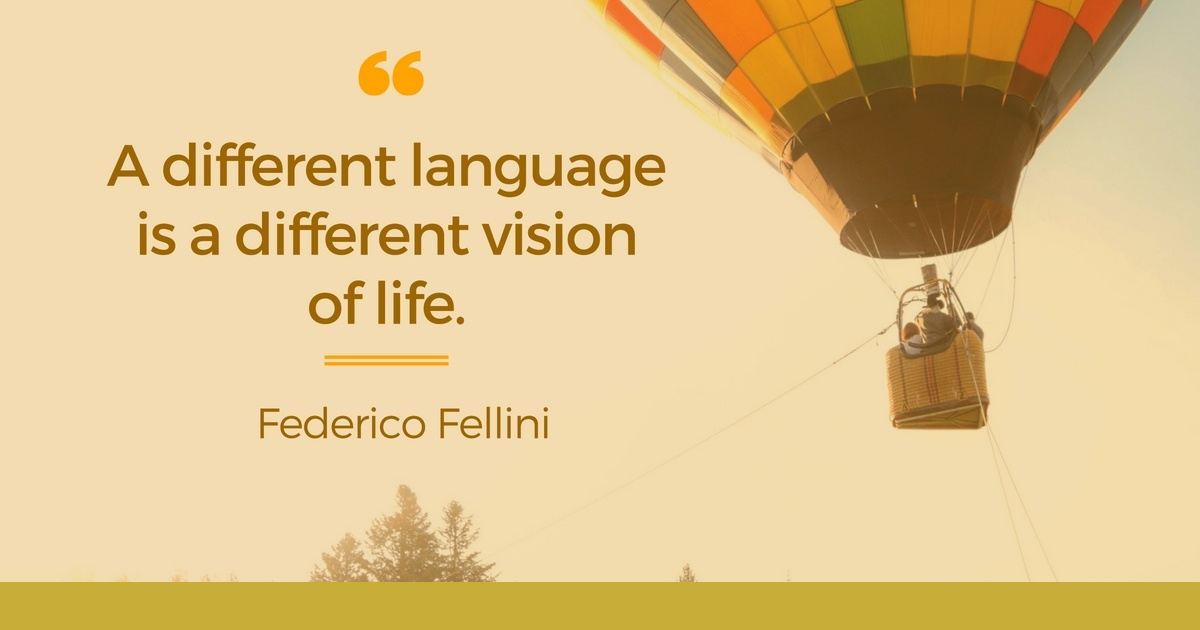Keeping the promise of inclusive education
December 3 is the International Day of Persons with Disabilities
On the occasion of the International Day of Persons with Disabilities we
are republishing an edited version of an op-ed previously posted on
Project Syndicate.
are republishing an edited version of an op-ed previously posted on
Project Syndicate.
Ali Moussa and Mahmoud are sixth graders in Zanzibar. Both boys are nearly blind and use recording devices and braille machines to read. But, thanks to their school and teacher, they are able to keep pace with their peers in the mainstream primary school that they attend.
Despite the obvious hardship, Ali Moussa and Mahmoud are fortunate that their community has embraced inclusive education – the pedagogical concept that children of all abilities and backgrounds should learn together. In most developing countries, educators don’t even know how many children with disabilities are absent from school, let alone what those who do attend might need in the classroom. As many as 150 million children live with a disability; in low- and lower-middle-income countries, around 40% are out of school at primary level (rising to 55% at lower secondary level). But data on disabilities are notoriously poor, and the actual numbers might be far higher. For example, recent research by the Global Partnership for Education, found that less than 5% of children with disabilities in 51 countries in Sub-Saharan Africa and South Asia are enrolled in primary school.
Even when children with disabilities do go to school, they are often excluded from learning, because the curriculum is not adapted to their needs, or staff members are not equipped to support them. Many children with disabilities also face stigma, bullying, and violence. Children with intellectual disabilities suffer the most, while girls with disabilities are particularly susceptible to sexual and emotional abuse.
The good news is that it is possible to address these deficiencies, and we can start with a better definition of the issue. In the literal sense, “inclusive” learning means not segregating children with disabilities into special schools or classrooms. Children with disabilities should learn alongside their peers in “mainstream” settings. To accomplish this, schools must be accessible, teachers trained, and students given access to appropriate learning materials and devices such as corrective lenses, hearing aids, and braille machines.
But inclusivity is not only about removing physical barriers; it also means making deeper, more systemic changes to accommodate all learners – regardless of their physical or intellectual abilities, gender, ethnicity, or language. To reach this level of integration, significant social and cultural reforms are needed to challenge the stigma and discriminatory practices that so often hold children with disabilities back.
For starters, children and adults with disabilities must be included in policy discussions about their learning. When families, teachers, schools, and governments make plans to expand inclusive education, the needs of the students themselves must be heard. Second, better data are needed to ensure that education planners know precisely how many children with disabilities are out of school, why they are absent, and what barriers to learning they face. Only with a deeper understanding of the challenges can educational exclusion be overcome. And, finally, inclusive education must become part of government planning and budgeting processes. Political leadership will be essential if school systems in developing countries are ever to meet the needs of all students with disabilities.
At GPE, we are working with 67 developing countries to address these challenges; one of our top priorities is ensuring that the needs of children with disabilities are included in education planning, and that those plans are adequately funded. Today, roughly half of GPE’s partner countries have national disability laws, and more than a third have inclusive education policies or are in the process of developing them. Since 2012, GPE has allocated approximately US$440 million to support inclusive education. Additionally, 30% of our grants are tied to progress on equity, efficiency, and learning outcomes – including for students living with disability.
As students like Ali Moussa and Mahmoud can attest, developing countries have worked hard to give more students with disabilities the opportunity to attend school. But millions of vulnerable young people remain on the margins. We must work across sectors to effect change, and we know that active engagement and advocacy from civil society are essential. Together with governments, educators, donors, and other partners, we can help close the gap and achieve education for all.
Audiovisual about the importance of not dividing people into boxes.
LENGUAS EXTRANJERAS- OCTUBRE,2019 - MAGISTERIO 4TO A.
Alumnas: Rosina Barbé y Nahidin Medina.



No hay comentarios.:
Publicar un comentario